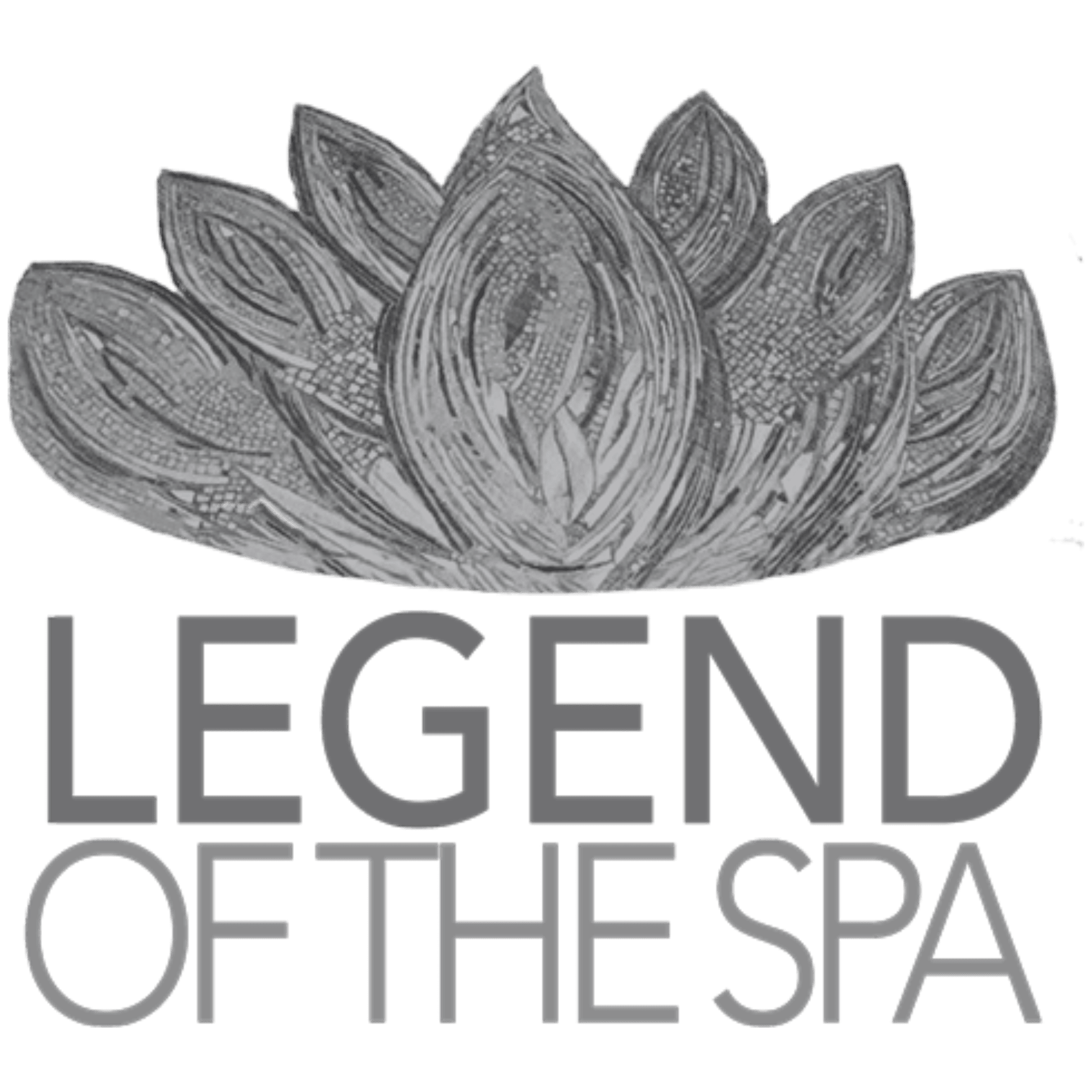Colours of Fruits and Vegetables
Apples aren’t red by accident. Plant-eating animals use color to identify edible materials and the intensity of the color signifies ripeness. Colored foods encourage animals and humans to eat them (and spread their seeds). The colored pigments are created by a group of highly beneficial antioxidants called carotenoids that mop up harmful free radicals in the body. Red and yellow hues signify the presence of carotenoids. They are nature’s advertisement for immune-boosting, cancer fighting properties. Colors also indicate the unique jobs that various carotenoids perform in the body. You need a variety, including each of these color groups daily: red, orange, green, yellow, blue/purple and white. Mix as many hues as possible with every meal. The deeper the color, the higher the nutrient value. Never go without green and orange food and try a new type each week to increase variety! You’ll be ensuring your body has what it needs. You can’t achieve these levels of protection with vitamin supplements alone, although supplements taken in conjunction with beneficial foods are greatly enhanced.
RED INDICATES: Lycopene
Found in Tomatoes, persimmon, watermelon and pink grapefruit.
This carotenoid is a fierce cancer fighter and can also help prevent heart disease by inhibiting the formation of harmful LDL cholesterol. The deeper the red or pink color, the higher the lycopene content. Studies have shown that a high intake of tomatoes, which are rich in lycopene, can significantly reduce the risk of prostate cancer.
ORANGE INDICATES: Beta-carotene
Found in Oranges, carrots, mangoes, pumpkin, sweet potato, apricots, squash, rock melon and pawpaw (papaya).
Beta-carotene is a major antioxidant that lowers cholesterol and converts it to vitamin A. Fruit and vegetable skins are nearly always packed with nutrients. Beta-carotene is an immune booster that helps fight off colds, flu, cystitis and skin problems. A study of smokers showed that those who ate more beta-carotene had a lower incidence of lung cancer, but this was true only when the beta-carotene was acquired from food, not a supplement. Like lycopene, it is fat soluble. These orange fruits and vegetables are also high in the immune- booster, vitamin C.
GREEN INDICATES: Isothiocyanates, folic acid
Found in Cruciferous vegetables (the cabbage family), spinach, bok choy, kale, peas, artichokes, and asparagus.
Sulphur-based sinigrin, a substance unique to the cabbage family (which includes brussels sprouts, broccoli, cabbage, cauliflower), converts into antioxidant isothiocynates, which cause pre-cancerous cells to destroy themselves. Isothiocyanates give broccoli and brussels sprouts their distinctive smell but the more pungent and strongly flavored they are, the better. Folic acid is in its highest quantity in chlorophyll-rich, dark green, leafy vegetables. Folate works to prevent birth defects, such as spina bifida, and is a dietary essential for women who are (or are trying to become) pregnant.
YELLOW INDICATES: Lutein, zeaxanthin
Found in Yellow corn, bananas, yellow peppers and honeydew melon.
These two carotenoids work together to help maintain sharp, healthy eyesight. They are used in the area of the retina called the macula, which is the centre for sharp, focused vision. They protect the eyes from long-term light damage.
PURPLE/BLUE INDICATES: Anthocyanins
Found in Blueberries, dark cherries, prunes, blackcurrants, cranberries, red wine, red apples, black grape juice, blackberries, strawberries, beetroot and figs.
The blueberry contains more antioxidants than any other fruit or vegetable. Anthocyanins have remarkable antioxidant properties. Purple or blue fruits help prevent nerve cells in the brain from deteriorating, and possibly help guard against the effects of ageing in general. Anthocyanins may also have a beneficial effect on heart disease by inhibiting blood clots. Blueberries are rich in antioxidants, which are known to protect the brain. Scientists believe other factors, including chemicals called flavonoids, also seem to have anti-inflammatory effects. Of fruits under study, blueberries seem to have the most powerful effect on cognitive behavior, which is processed in the hippocampus. The substance that gives the fruit its vibrant color, called anthocyanin, has been shown to cross the brain’s protective barrier.
WHITE INDICATES: Flavonoids, allicin
Found in Onions, garlic, celery, leeks, pears, shallots, white wine & chives.
Allicin has been shown to inhibit abnormal cell growth and flavonoids are important antioxidants. The sulphur compounds in these types of produce can help raise levels of beneficial HDL cholesterol and lower dangerous levels of blood fats called triglycerides, as well as easing the inflammatory response of asthma and breaking up catarrh secretions caused by colds and flu.
Eminence Organic Skincare is made up of fruits, vegetables, plants and herbs that are cold pressed at their most optimal stage for the highest potency of vitamins and minerals. Read more about eminence skincare












